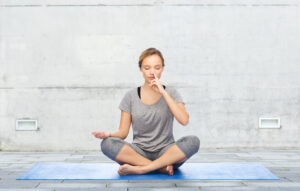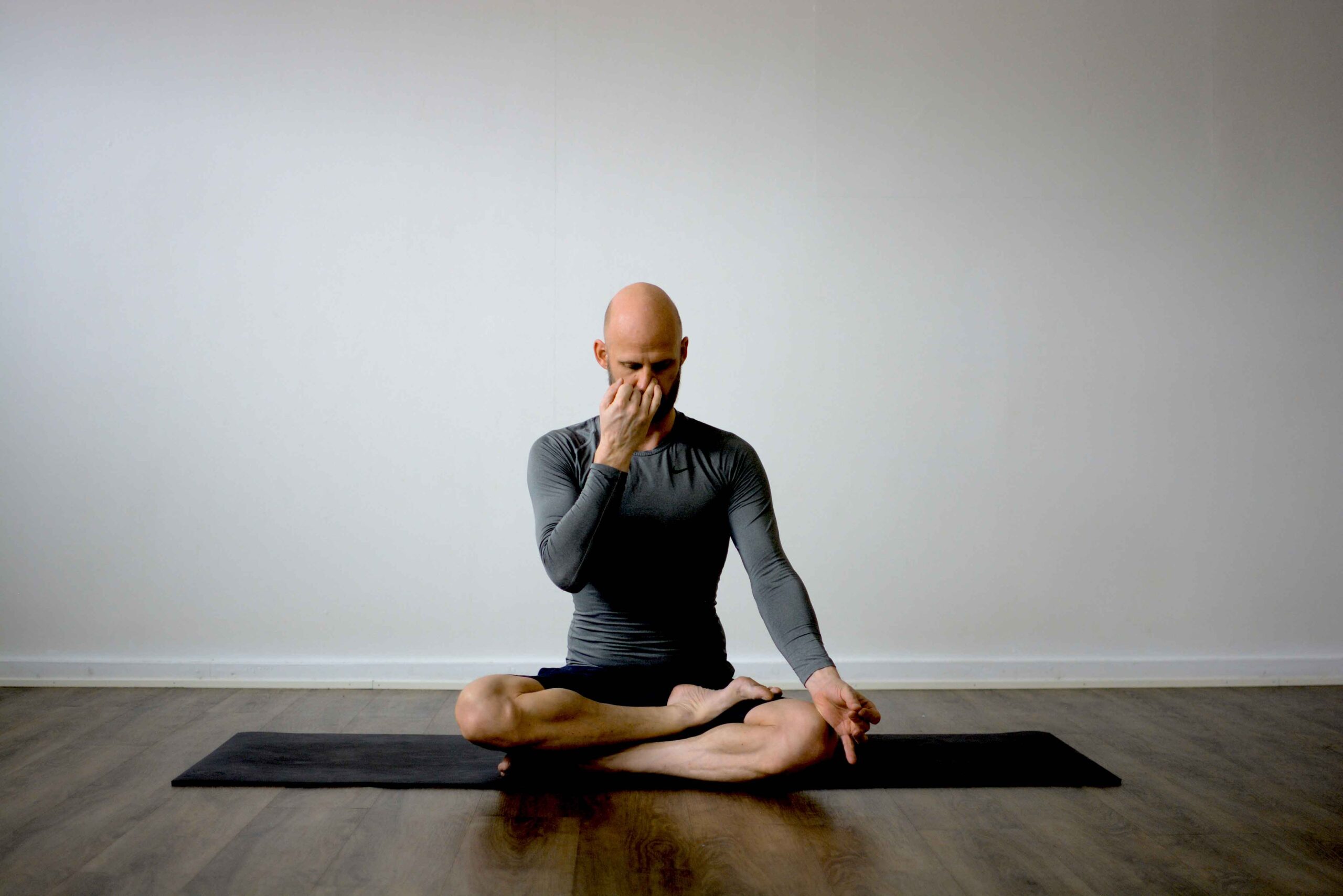Briefly, we recall that kumbhaka (holding the breath) including in the process of https://www.julianalucky.com/post/spectra-breast-pump contributes to:
increased cell viability,
improving the functioning of the nervous system,
stimulation of pranic metabolic processes in the body,
an increase in the bioenergy produced by the body.
Now let’s talk about what rules you need to follow when performing it.
Practice asanas regularly. This will make the spine flexible. It is not for nothing that in the 8-step yoga system, pranayama follows asanas. Yoga exercises improve blood circulation and help distribute prana evenly throughout the body. A delay of more than 40 seconds is recommended only after a series of asanas. Performing a delay with an “unheated”, non-flexible spine can provoke pranic disorders.
During the delay, the back should be perfectly flat. It is permissible to feed the body slightly forward.
Kumbhaka must be accompanied by Mulabandha (perineal lock).
The breath hold is not performed on a full stomach. You can do it on an empty stomach or a few hours after eating.
It is unacceptable to force events. It is necessary to increase the duration of the delay and the number of rounds gradually. Monitor your physical condition. If your body temperature rises during practice, it’s okay. However, this state should not persist for a long time after practice.
Before performing the “ventilate” delay. Perform a series (5 or more) long and deep exhales of equal duration. It makes no sense to draw the maximum amount of air into the lungs immediately before the delay – this will not increase its duration in any way. Also, before kumbhaka, it is advisable to perform Kapalabhati or Bhastrika.
While holding, concentrate on the sensations in the thoracic region, trying to hear and feel the heartbeat. Feel the heart rate decrease and the beats become stronger.
Don’t overexpose the delay. When you feel that the body needs air, resume breathing. The main thing is that the inhalation and exhalation are calm. Some masters advise taking a small additional breath just before exhaling.
After a delay, you must exhale completely. You seem to push out the rest of the air, using the intercostal muscles and muscles of the press. Then, after exhaling, you can hold your breath for a short time (for a few seconds) so that the next inhalation occurs automatically.
If you are unable to control the exhalation and the body requires rapid emptying and filling of the lungs, then you have overexposed the delay. This will not entail dire consequences. Just the next time, do a shorter breath hold, gradually increasing the duration of its implementation.
Hold your breath correctly and you will feel the powerful effect it has on the body.
